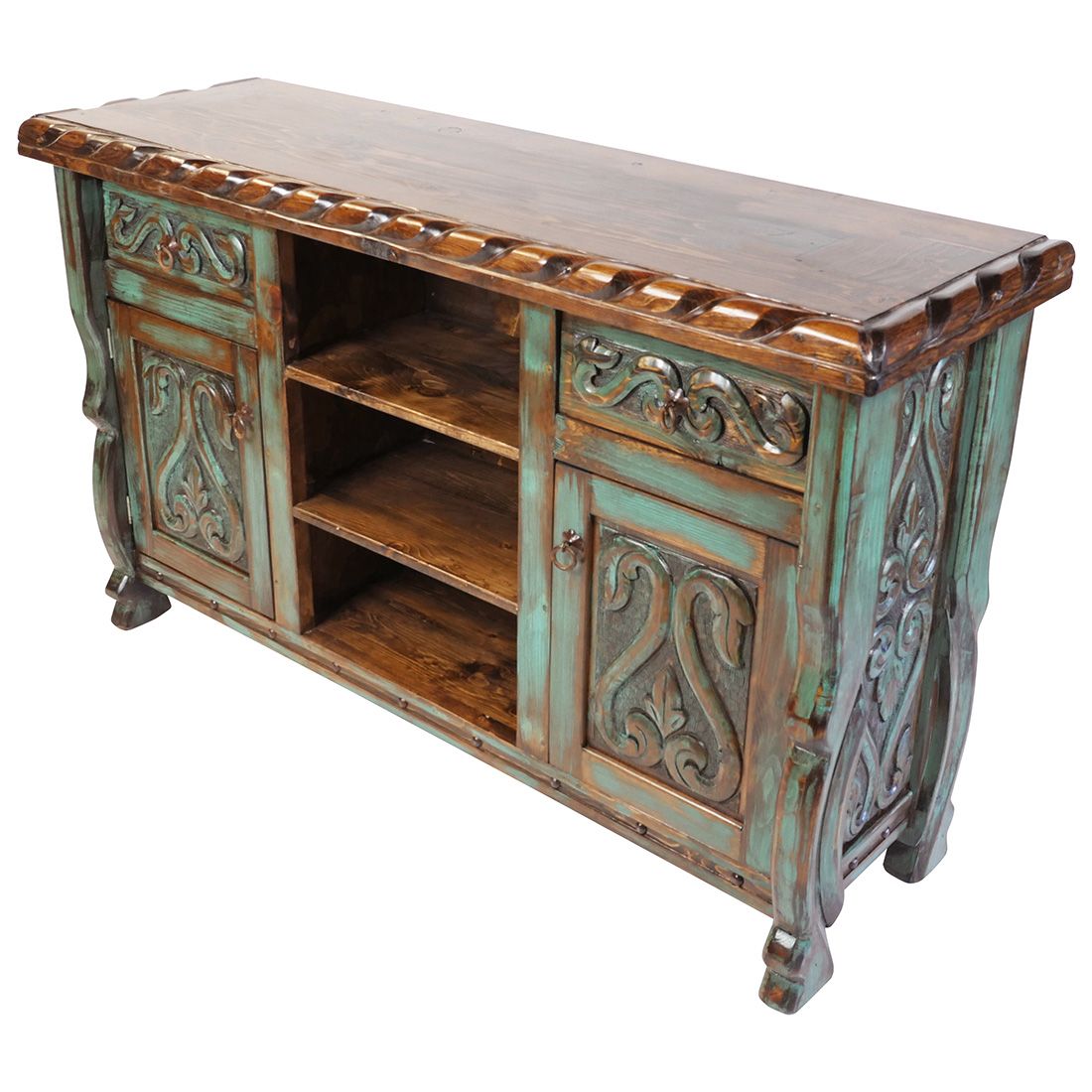Patina, that beautiful aged effect you see on copper roofs or the Statue of Liberty, isn’t just a sign of time. It’s a fascinating chemical process that transforms metal surfaces. But patina isn’t limited to metals – it can also be used for decorative purposes on various materials. Let’s delve into the world of patina and explore how you can incorporate it into your projects.
What is patina?
On metals, patina is a colored layer formed by the natural reaction of the metal with air and other elements. It’s a thin film of oxides, carbonates, sulfides, or sulfates. For example, copper develops a greenish-blue patina, while brass acquires a brown or black hue. This natural process not only adds a layer of beauty but also protects the underlying metal from further corrosion.

The term “patina” can also be used figuratively to describe any surface that shows signs of age and wear, lending it a sense of character and history. Think of an antique leather-bound book or a well-worn wooden table.
Harnessing the power of patina
While natural patina takes time to develop, you can achieve similar effects through artificial patination techniques. This allows you to customize the look of your metal objects, creating a unique aged or antiqued appearance. Here are some methods for achieving a patina effect:
- Chemical Patination: This involves applying various chemical solutions to the metal surface, which react to create the desired patina color. There are different chemicals for different metals, so be sure to do your research for the specific material you’re working with.
- Patina Paint: This is a water-based paint that comes in various colors resembling natural patinas. It’s a great option for beginners or those working on non-metal surfaces like wood or plastic. You can achieve realistic results by layering different patina paint colors.
- Spray Patina: Similar to patina paint, but in a spray format, this is a quick and easy way to add a patina effect. It’s particularly useful for larger surfaces.
Important tips:
- Always prepare the surface properly before applying any patina technique. This usually involves cleaning and degreasing the metal.
- When using chemical patinas, wear proper safety gear like gloves and eye protection.
- Experiment on a scrap piece of metal first to perfect your technique before tackling your main project.
- Remember, achieving the perfect patina takes practice. Don’t be afraid to experiment and have fun with the process!
Beyond metals: using patina for decorative effects
The beauty of patina isn’t limited to metals. You can use patina finishes on various materials like wood, furniture, and even plaster to create a vintage or aged look. This can add depth and character to your home décor or craft projects.

With a little creativity and the techniques mentioned above, you can harness the power of patina to transform ordinary objects into pieces with a timeless charm. So, embrace the aged aesthetic and let your creativity flow!
